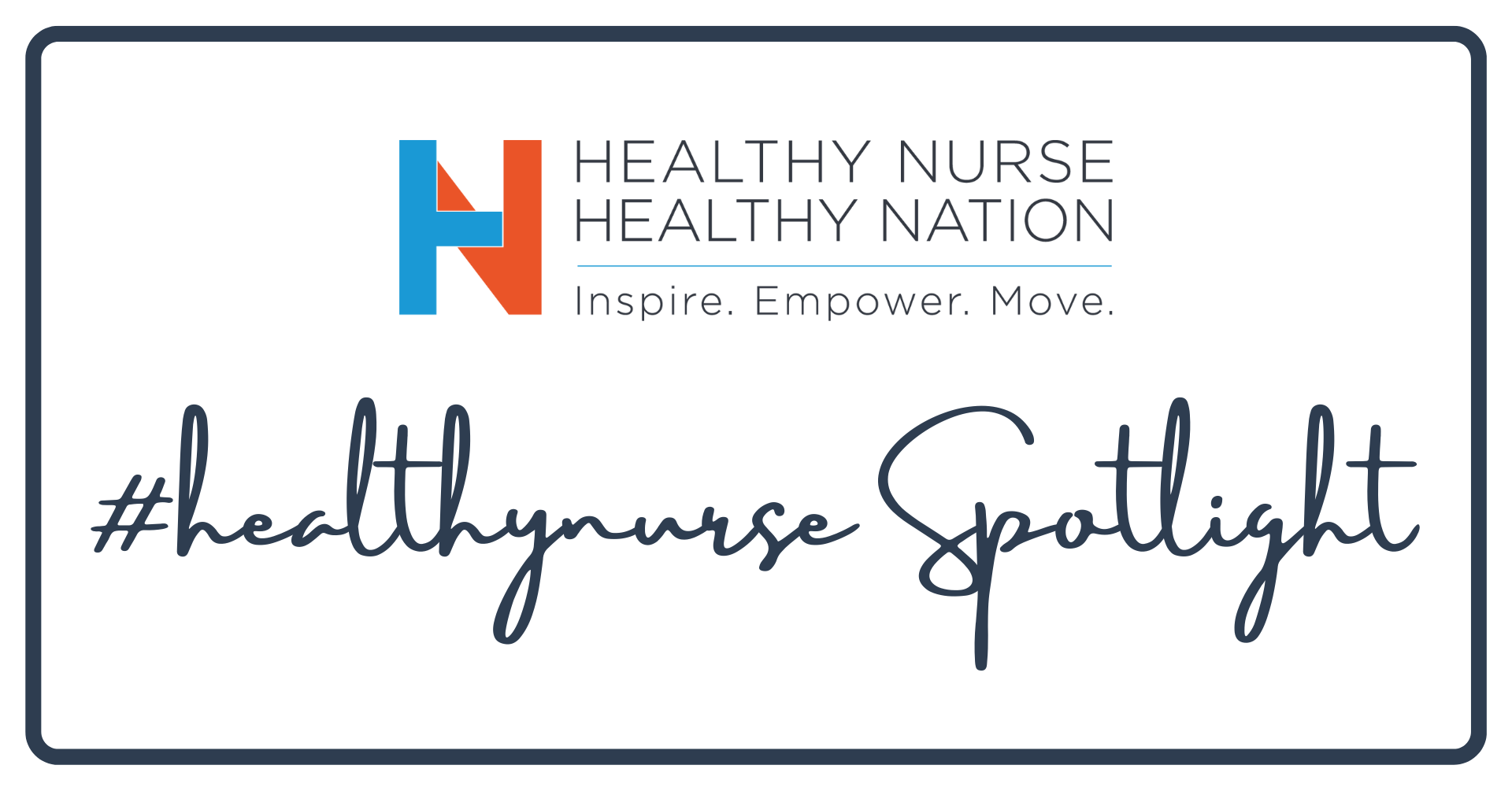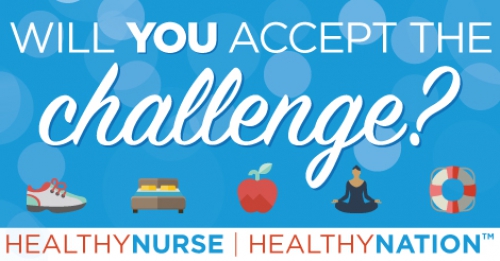ANA Healthy Nurse, Healthy Nation® Spotlight: Jacqueline (Jackie) Christianson, PhD, FNP-C, CNE
Published
Nurse advocates for altruistic behaviors in emergency and critical care settings

Altruism is selfless regard for the well-being of others — and it’s why many people join the health care profession. But when #healthynurse Jacqueline (Jackie) Christianson, PhD, FNP-C, CNE, began her career as a certified nursing assistant (CNA) in her late teens, it wasn’t necessarily because she considered herself altruistic.
“My initial motivation — at age 18 — for going into health care wasn’t so much altruistic, as it seemed like a fun and exciting thing to do,” Dr. Christianson says. It’s likely why she bounced around, working in several different health care roles, including EMT, patient care tech, and finally, nursing. At one point, she worked in the Milwaukee County correctional system, caring for inmates. She eventually started traveling as a nurse practitioner filling in staffing shortages in emergency departments and critical care settings.
Discovering the Value of Altruism
During the COVID-19 pandemic, while working in New York City as a critical care nurse practitioner, Dr. Christianson realized how much she enjoyed her work when she felt needed and helpful.
“I learned that I get something out of helping other people, whether it’s coworkers or patients,” she says. “If I wasn’t with a patient, I would help in any way I could — checking pulse oximeters or changing oxygen tanks.”
Altruism doesn’t just benefit patients. It gives nurses and caregivers a sense of well-being, job enjoyment, and career longevity. Helping others thrive and survive tends to positively affect mental health even more than being helped.

It’s probably why Dr. Christianson and one of her coworkers found themselves performing circus acts in the ICU during the pandemic. The goal was to bring a little joy to the patients there — to take their minds off the situation, even if just for a moment. But she found that she and her coworkers benefitted just as much.
Drawing a Connection Between Altruism and Burnout
During the pandemic, Dr. Christianson was also working toward her PhD, and she became fascinated with how people express their altruism and what they’re able to implement in the workplace. She focused her dissertation on how well health care professionals feel they can help others (carry out altruistic behaviors) in the workplace and how that correlates with burnout.
“You may really want to help one particular patient who needs you to sit and talk with them, or take them for a walk around the unit, but you have 7 other patients,” Dr. Christianson says. “My thought was that those things may be a precursor of burnout. There are a lot of moving parts in health care that can interfere with your ability to help or feel that you’re helping others. That’s hard for nurses early in their career to grasp.”
In her research, Dr. Christianson found a high correlation between feeling like you can’t help people as well as you’d expected, and burnout. The study showed that “greater altruistic execution is associated with lower burnout and greater job satisfaction.” In other words, feeling like you’re helping people at work makes work a place you want to be.
Recognizing the Need to Know You’ve Helped
During her research, Dr. Christianson learned that one of the barriers to job satisfaction associated with altruism may come from your role in the transition of care, especially for people who work in emergency services.
“There’s a high burnout rate in emergency services,” Dr. Christianson says. “My theory is that it’s at least partially because they see people in their community in high-stress, high-acuity situations. They stabilize those patients if they can and pass them along for the next step in care. They never hear anything more about them. There’s no closure, and they don’t get any of the satisfaction associated with seeing what happens to a patient over time.”
Dr. Christianson is conducting a pilot intervention with ER nurses, EMTs, and paramedics to test her theory. Before beginning the intervention, she measured their level of satisfaction with how they help people. Over 3 months, the participants receive follow-up information about the patients they treat. At the end of the program, she’ll remeasure their satisfaction level.
“So far, the feedback is overwhelmingly positive,” Dr. Christianson says. “I hope an intervention like this can provide closure and a place for growth. It’s hard to grow in emergency services if you don’t know the outcome of your actions.”
Breaking Down Barriers to Altruistic Behavior
Dr. Christianson recognizes that there are many ways for health care providers to find job satisfaction. Increased salary helps but won’t always fix it. Employing extra staff offers relief and opportunity but isn’t always realistic with reduced budgets and resources.
“We need to explore how we can reward people in other ways,” she says. “Being able to behave altruistically in the workplace is a compensatory mechanism that’s underutilized.”
In her eyes, the end goal is retaining health care professionals to strengthen the field.
“The retention piece is critical,” Dr. Christianson says. “Longevity in nursing and among paramedics is vital to patient care. Patient odds are also better when cared for by nurses who are experienced and have been in the field for a long time. We need to create environments where nurses feel like they’re truly contributing to something valuable.”
Jackie Christianson, PhD, FNP-C, CNE, is an assistant professor of nursing at Marquette University and works as a locum tenens emergency and clinical care nurse practitioner.
Are you a #healthynurse who feels satisfied by the altruistic behaviors you perform? Share your stories with us in our discussion.

Not a member of Healthy Nurse, Healthy Nation (HNHN) yet? Join today!
Sign up for our monthly challenges!
Blog #healthynurse Spotlight
10/15/2024 8:55am CDT
The #healthynurse Spotlight is a shout out to nurses who are making changes in their lives to improve their health and wellness. You can too! Read their stories for inspiration here.




Post a Comment or Question